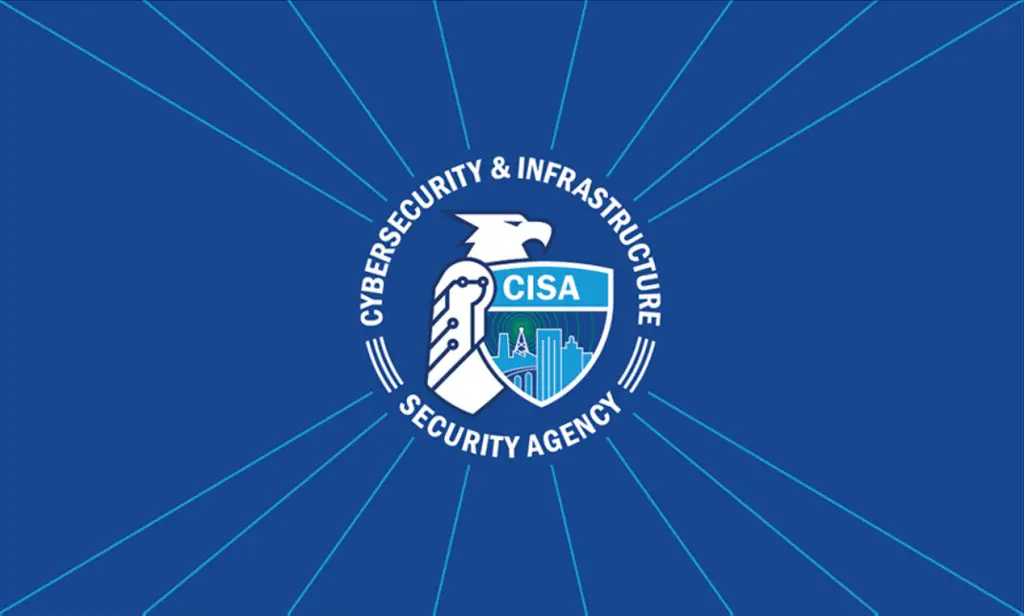
The American cybersecurity apparatus now faces a dual threat: the escalating activity of cybercriminals and sweeping cuts to federal personnel. Michael Daniel, former White House cybersecurity advisor, warns of catastrophic consequences stemming from chronic underfunding of critical infrastructure defense. The Trump administration, however, continues its relentless budget reductions—a move analysts fear could entirely cripple the nation’s ability to repel digital assaults.
Daniel currently leads the Cyber Threat Alliance, a nonprofit organization that facilitates intelligence sharing on digital risks. From 2012 to 2017, he served as Special Assistant to President Obama and Cybersecurity Coordinator on the National Security Council, where he developed high-level strategies to defend against state-sponsored and criminal cyberattacks.
He acknowledges China as the most formidable digital adversary to the United States, surpassing even Russia in cyber-espionage capabilities. Yet, the breadth of American national interests demands the capacity to counter multiple threats simultaneously. Economic assets, public health systems, and national security all present a vast array of vulnerabilities requiring comprehensive protection.
A critical strategic error, according to Daniel, lies in regulators’ near-exclusive focus on state actors while neglecting criminal syndicates. Nations such as Iran and North Korea continue to pose significant cyber threats to U.S. interests, yet dozens of organized crime groups simultaneously target both private enterprises and government agencies with increasing precision.
Private-sector organizations in the U.S. face challenges vastly different from those of federal entities. Manufacturing firms and retail chains are primary targets for cybercriminals deploying ransomware and business email compromise schemes. Such attacks yield billions in illicit gains annually with minimal risk of prosecution.
Tech corporations, meanwhile, are under continuous assault from Chinese intelligence services, which routinely steal intellectual property, research data, and proprietary innovations to benefit domestic industry. Yet for most American organizations, criminal threats outpace nation-state dangers by a wide margin.
The financial incentives of cybercrime have spawned an ecosystem in which successful attack methods are rapidly replicated and refined. Ransomware has evolved from crude screen-lockers to sophisticated, multi-phase operations featuring double extortion—encrypting victims’ data while simultaneously stealing it to apply additional pressure.
The Cybersecurity and Infrastructure Security Agency (CISA) is set to lose $491 million in funding—a 17% reduction from its current budget—despite the exponential increase in the frequency and complexity of cyberattacks.
America’s sixteen sectors of critical infrastructure—spanning energy, transportation, healthcare, and financial services—are overseen by specialized risk management agencies. These departments, coordinated under CISA, already faced a shortage of cybersecurity professionals prior to the current wave of downsizing.
The exact number of terminated federal cybersecurity staff remains classified, as the Department of Homeland Security has declined to release figures. This secrecy, however, impedes congressional oversight and obscures the true impact on national security.
The federal government has long struggled to attract cybersecurity talent due to noncompetitive salaries compared to the private sector. Demand for security professionals is surging across all industries, creating a pronounced shortage of skilled personnel.
Daniel has personally received appeals from over twenty displaced federal employees seeking assistance in transitioning their careers. The exodus of experienced specialists weakens institutional memory and expertise—assets that take years of investment to rebuild through training and recruitment.
The Department of Justice and Department of Homeland Security are reallocating resources from network defense to border enforcement in line with the administration’s shifting priorities. This reallocation deprives victimized businesses—particularly those attacked by financially motivated threat actors—of critical federal support. Effective recovery from cyber incidents requires seamless coordination between the private sector and federal agencies.
An international initiative to combat ransomware, launched during the Biden administration, aims to dismantle the criminal ecosystem by severing its financial lifelines. Through collaboration with global allies, authorities are tracing cryptocurrency transactions and freezing assets linked to cyber gangs. Diplomatic pressure on jurisdictions that harbor cybercriminals is gradually shrinking the number of safe havens available to them.
Regional hospitals, educational institutions, and local governments lack the resources to retain elite consulting firms like Mandiant or CrowdStrike—whose fees often surpass the annual IT budgets of small organizations. For many, federal assistance is the only viable means of bolstering digital defenses.
Rural hospital networks are particularly vulnerable to ransomware due to outdated systems and limited IT staffing. Attacks on healthcare facilities pose immediate threats to patient lives, especially those in urgent need of care. Recovery of mission-critical systems following encryption may take weeks—time these institutions cannot afford.
Daniel views the current policy direction as fundamentally flawed. “Federal authorities must increase cybersecurity budgets and staffing, while providing more robust support to help businesses defend against the relentless tide of digital threats,” he stresses. These investments are far from sunk costs—they prevent vast economic losses. Ultimately, the federal government’s ability to support vulnerable sectors in resisting organized cybercrime is a matter of national interest.


